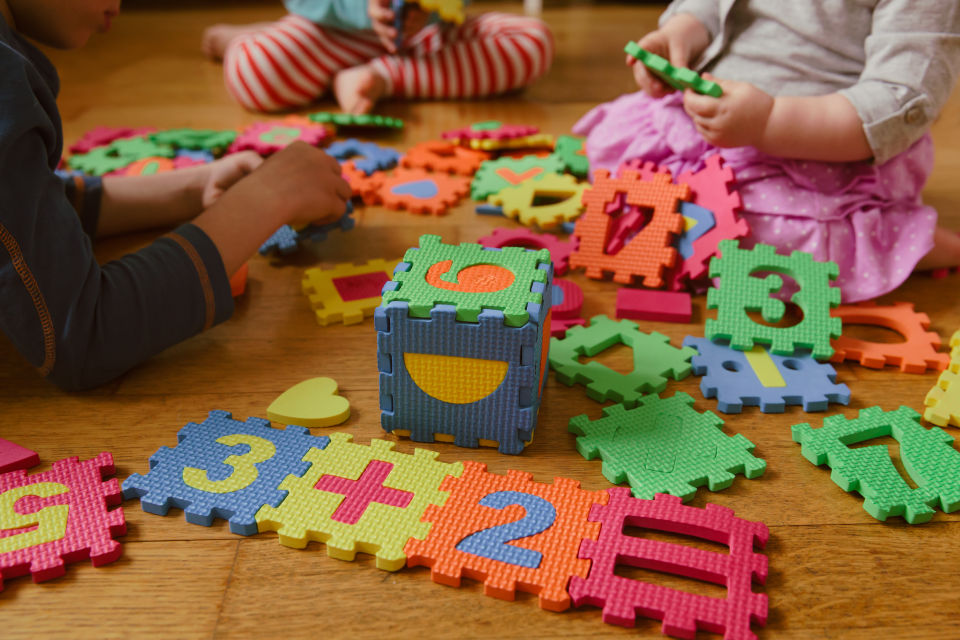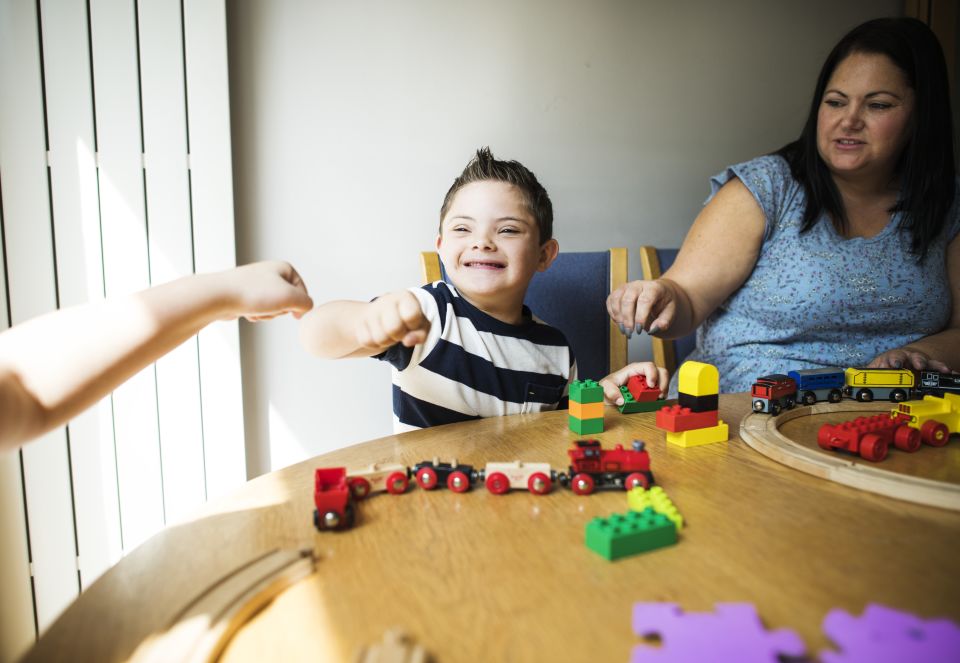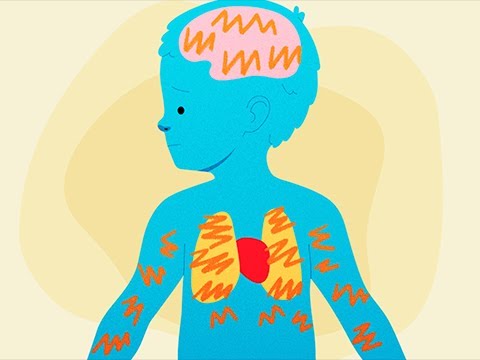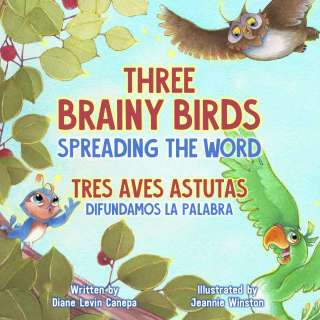Children learn a tremendous amount of information and behaviors during their first five years of life – from talking and walking to being a friend. This learning also includes making mistakes, and bouncing back from them. Resilience is the ability to bounce back. Find out how to help your child build resilience as a powerful life skill.

Resilience is the ability to overcome negative experiences. In other words, it is how we bounce back after something not-so-good happens to us. Children need to develop resilience just as they develop any other skill.
Experiences shape children’s lives from the moment they are born, both positive and negative experiences. Children can learn critical coping skills to overcome and learn from the negative. Problem-solving and persistence are things that parents can teach and model for their children to build resilience. When toddlers face an activity they don’t yet know how to do, instead of doing the activity for them or letting them choose something easier, parents can offer support in figuring out how to complete the activity. Even when the skills required are challenging, encouraging a child to keep up with the activity through completion teaches her not to give up. Ultimately, the child learns that he or she can work through difficult situations and come out stronger in the end.

As your baby grows into a preschooler, she’ll face new challenges every day. Use these challenges as everyday opportunities to promote and teach resilience. Here are a few steps to follow:
Acknowledge the challenge. You can say, “This is hard for you because it’s new.”
Offer support. You can say, “May I help you work through this? I know you can do it, but you may need just a little help.”
Solve problems together. Break down what steps need to be done to complete the task. Do this out loud with your child. You can say, “Let’s see what we need to do for this. First, we need to...Then we…”
Support your child through the steps. Once the steps that need to happen are said out loud, have your child complete them (with any necessary support). You can say, “Okay, now you do the first step while I watch.”
Praise your child at each step. Give a high five or say positive words like, “You are doing a great job!”
At the end, discuss the process and show your child she did it. Once the activity or task is done, talk about how it was hard at first, but by figuring out what steps were needed (problem-solving) and completing each step (persistence), your child did it successfully!

Expert Tip: By working through difficult tasks or activities with your child, you are setting a model for future challenges. So the next time your child comes across something challenging, you can refer to a previous experience when he faced a challenge with success. For example, when your child was learning to walk, you were there to help, step by step, until she walked on her own. Use this as an example when your preschooler wants to learn how to ride a bike or a scooter. At first, things may seem hard, but with support and persistence, your child can do anything!






